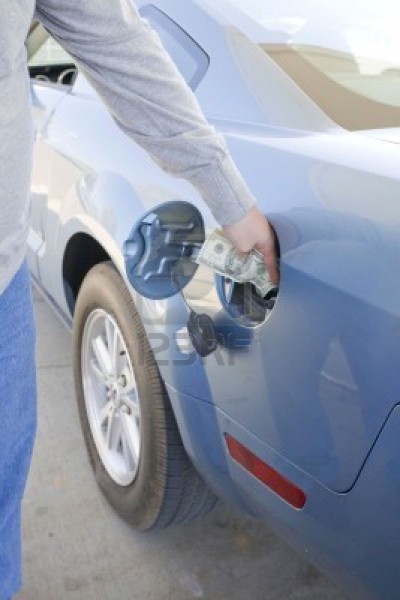Sep
9
Save While Driving For a Little More Fun
September 9, 2011 | Leave a Comment
For many the idea that operating a motor vehicle can be much cheaper is a non-starting idea. Their real world experience won’t support the facts because their situation is most likely urban – or they’ll just lazy about taking care of their machines.
Hypermilers, a term for those working at every inch of travel from every drop aren’t going to get a lift from what follows, but the folks at the University of Michigan have put real research into the basics that hypermilers use to go very far and the rest of us can use to save a bunch of money while gasoline and diesel are over $3.00.
Michael Sivak and Brandon Schoettle have set out to identify and quantify the vehicle operating tasks that can save the maximum amount of fuel. There aren’t any big surprises here – except that the accumulated savings can be extraordinary.
Their paper in pdf form, available in this link is almost military in tone with strategic, tactical and operational decisions. It does put things in an organized framework. If the militarism doesn’t unsettle one, it’s a sound platform. If it is unsettling, these same terms are effective and honest descriptors.
Right out of the gate the research pair hits us with the primary mistake that most people make – choosing an inappropriate class of vehicle. Americans are world renown for, honestly, buying way bigger and heavier vehicles than the needs demand. It’s the psychological demands that push the vehicle choice for way too many people – and the rest of us share some blame, as we admire the big heavy beast and ignore the smart smaller and lighter cars. Egos are salved by the reactions of others. We’re all in this together.
The scientists then take up the vehicle model and how a vehicle is configured. This area of strategic choice is much harder for consumers to take command of. Car manufacturers and dealers tend to sell what sells quickly. See the previous paragraph, leaving the discerning buyer with limited, if any choice. If lots more people visited a dealer and complained about the overloaded configurations of the models on the lot and toned down the ego drive to meet practical needs the manufacturers would respond.
The strategic thinking is actually the easy part. Now we get to tactics, which are about two things. Choosing the road and the weight of our stuff and us.
It comes as a bit of surprise to read through the research and realize that the shortest route can be the most expensive and time consuming. As you read through the research it can surprise that as much as 9% more distance with better driving conditions can be faster and cheaper. (page 5). Then the hills can be a major expense, a flatter route may save – 20%!
With no surprise, it’s the idling in stalled traffic that burns up huge sums of money, as much as 40% more.
Which leads one to wonder how much experimentation would yield looking for a route with less stops, higher speed and less congestion. On a hard dollar spent quantification and elapsed time used some map checking and re routing might pay off big.
As well as cut one’s stress level down.
On the side, what one carries along can be expensive over time as well. More stuff is more weight and as all performance folks know – weight is something to lose.
Other stars are comparing driving styles – worth better than 30% when measuring aggressive vs. relaxed driving styles and the obvious tune-up, tire pressure and other maintenance items.
Go get a copy. Save some money, nerves and your vehicle will get you there sooner and cost less to do so. It might be more fun driving again . . .


